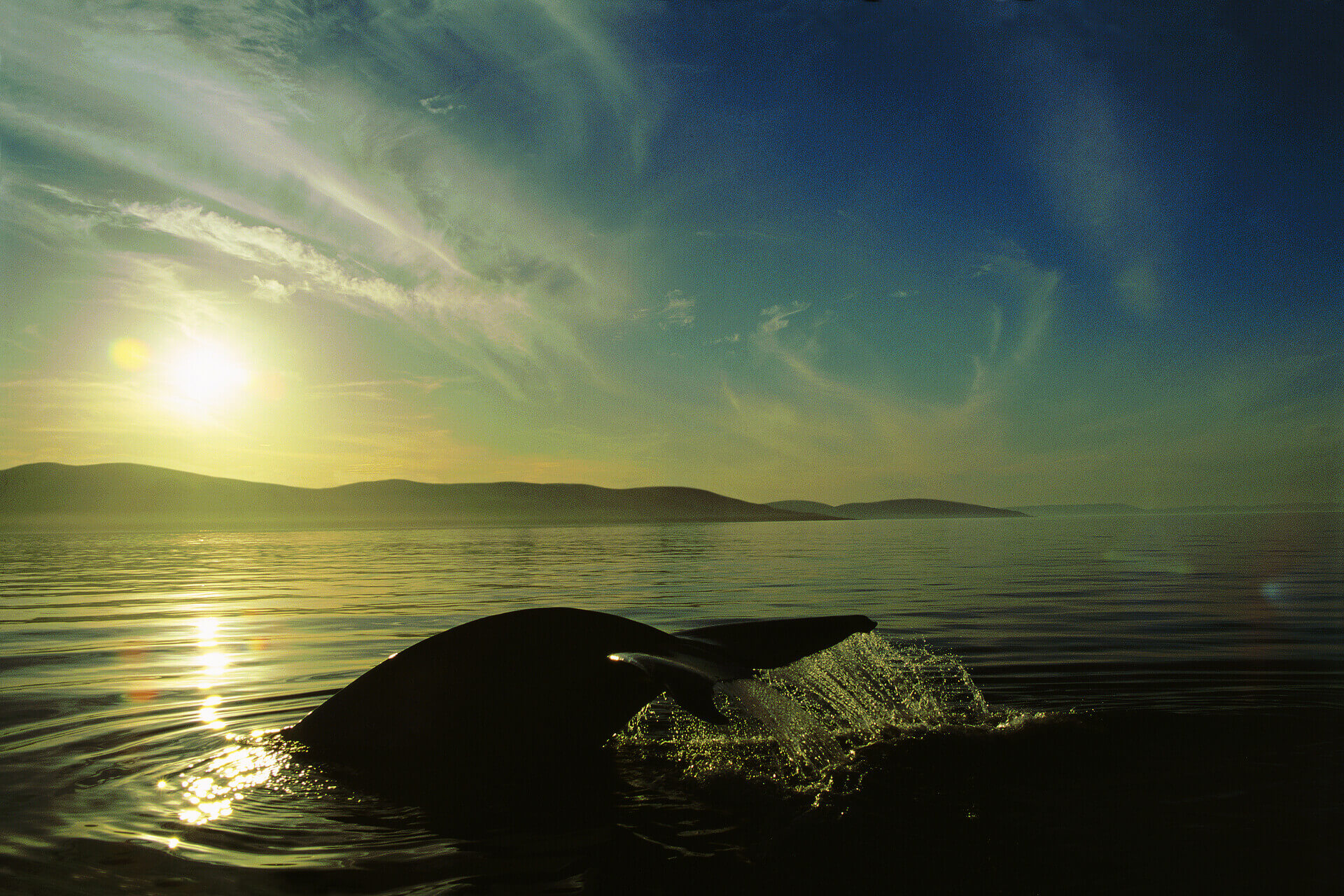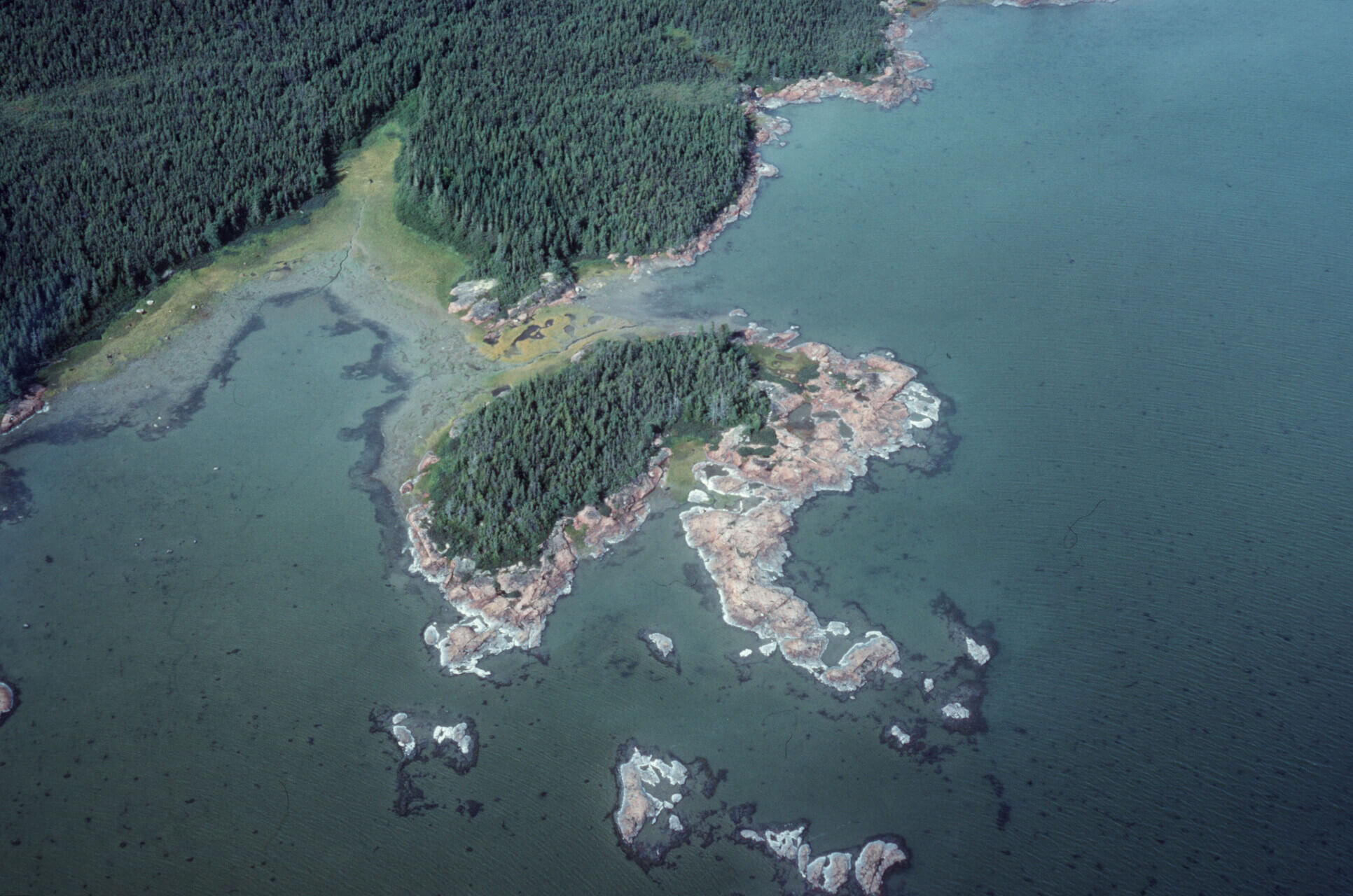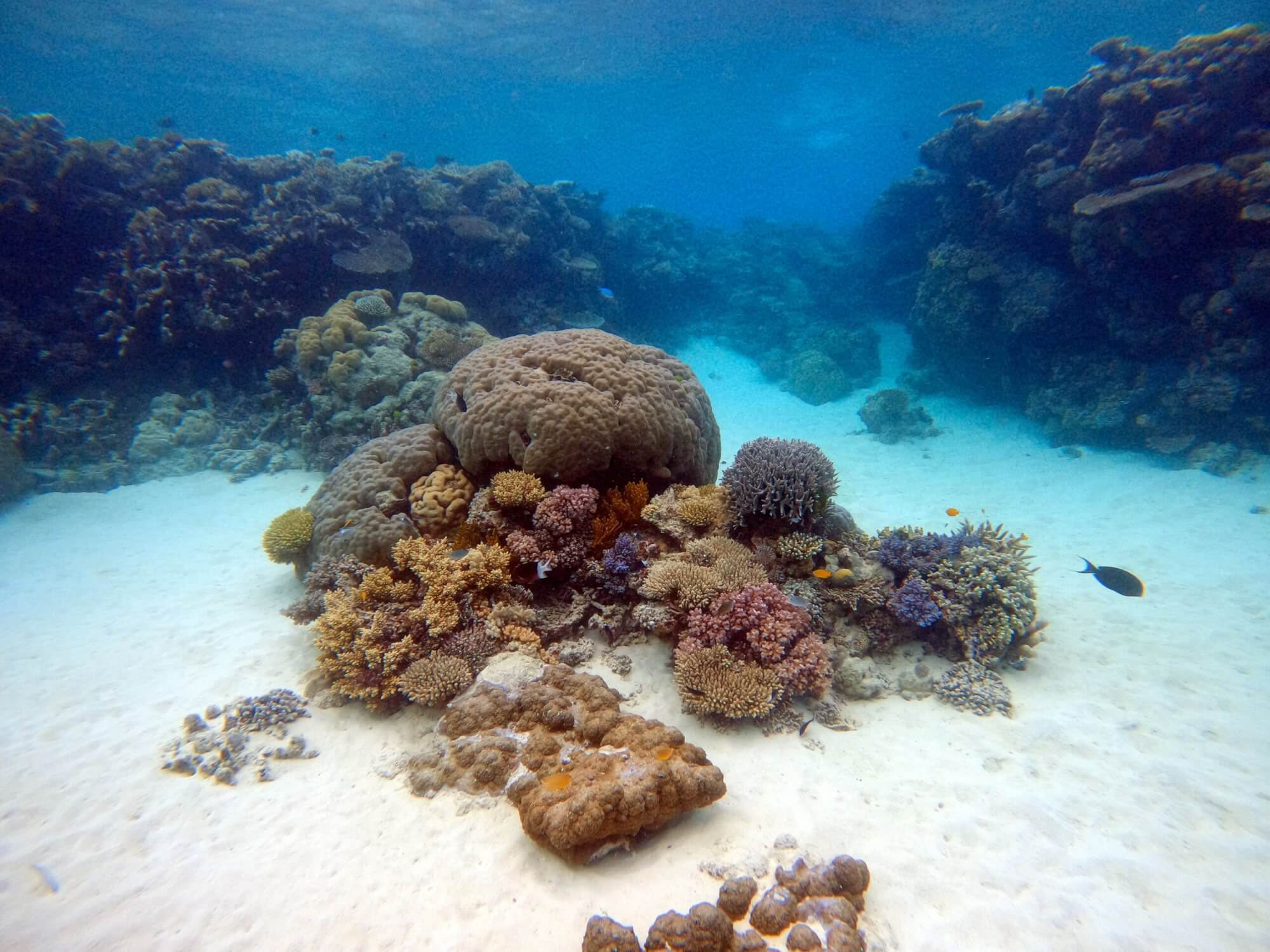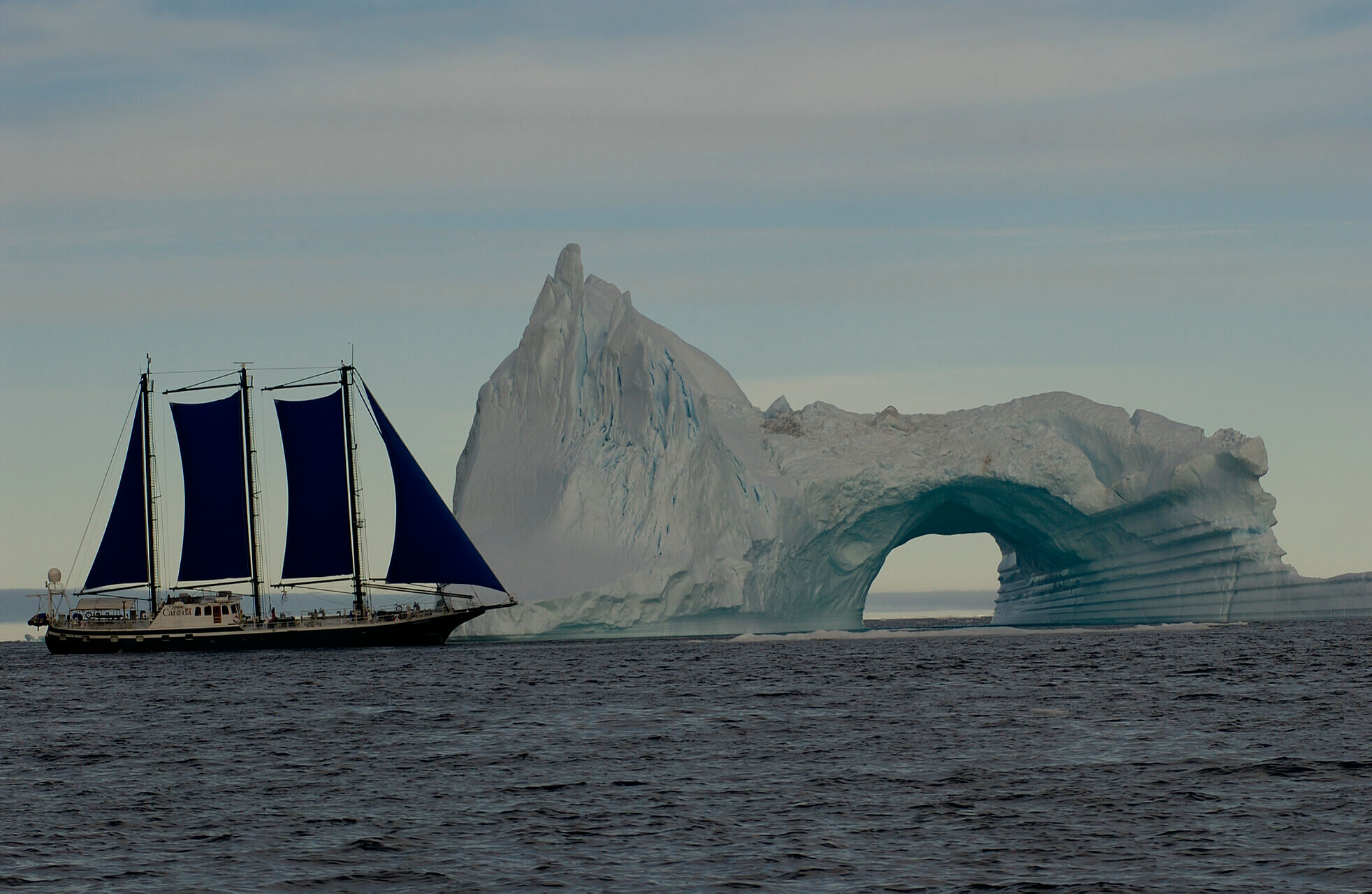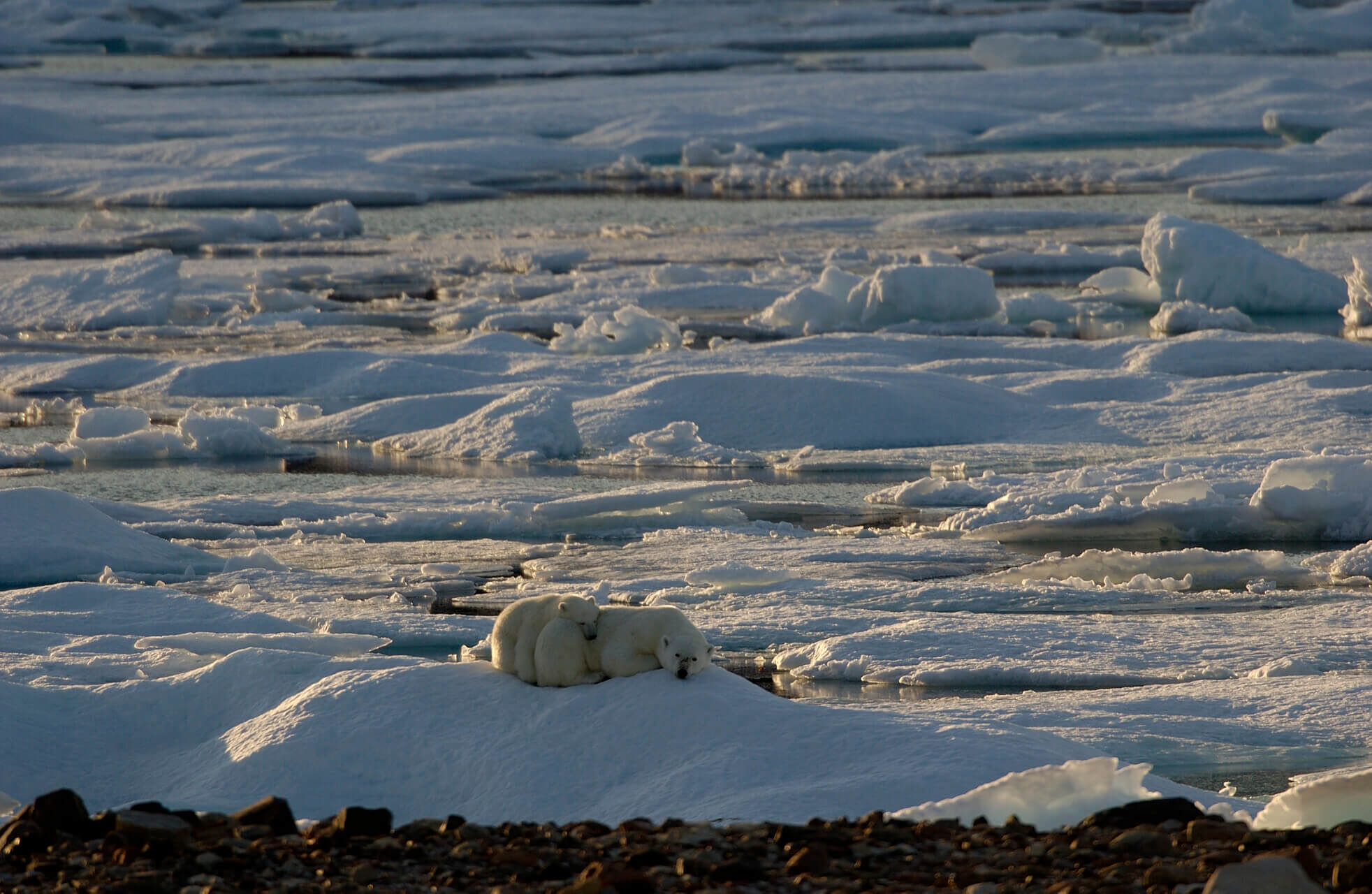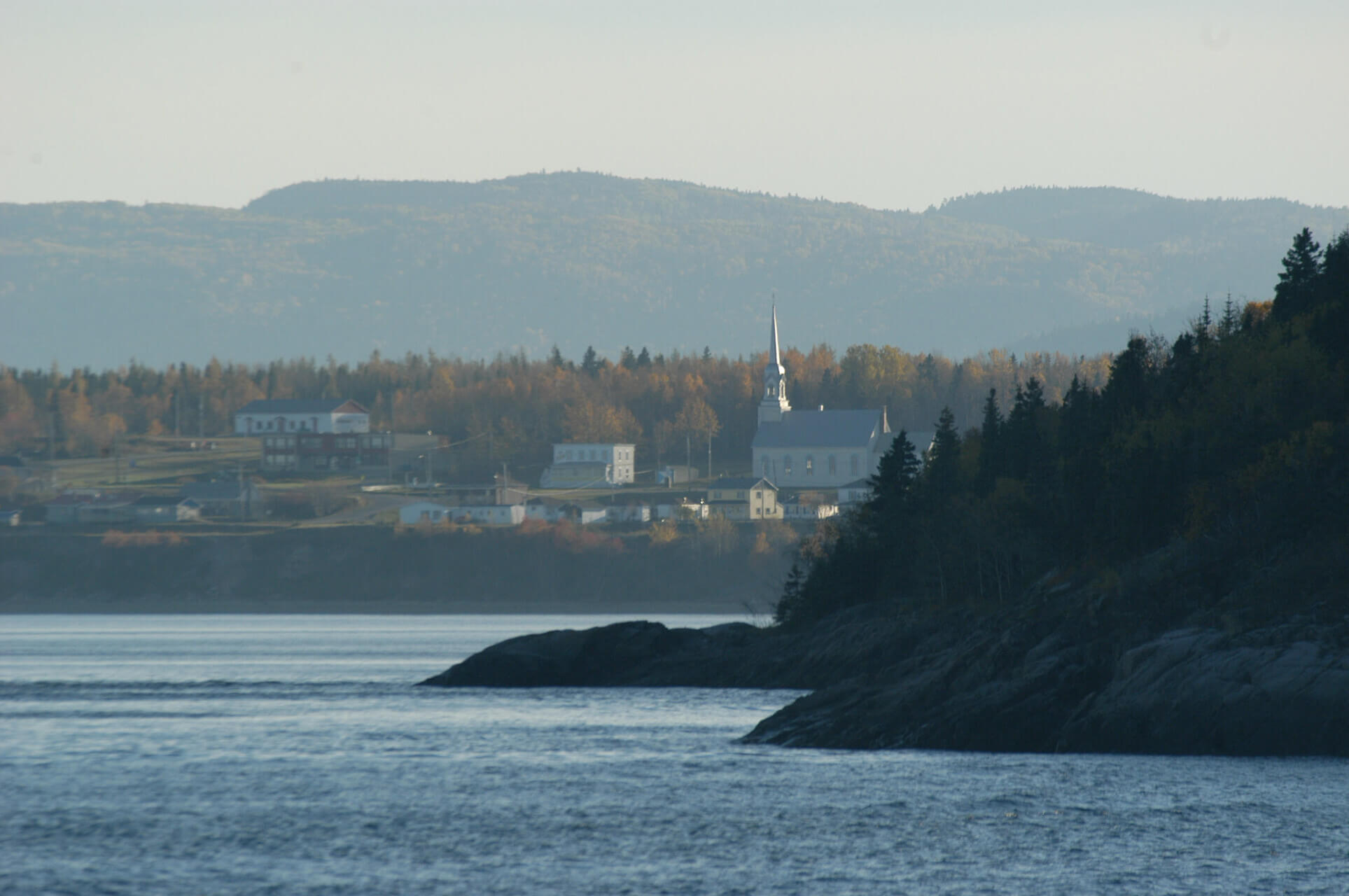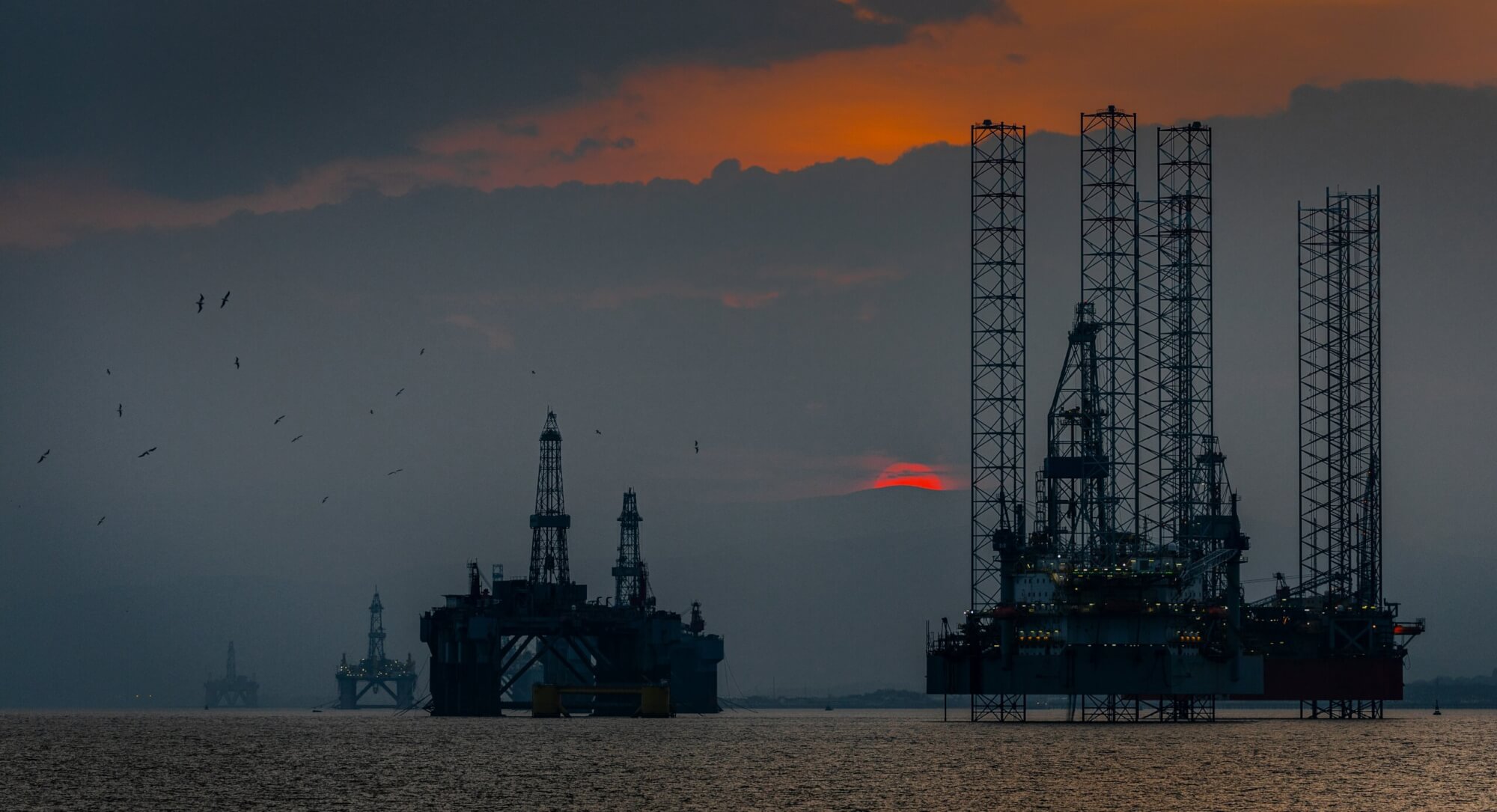Undeniably, today’s environment is undergoing rapid, irreversible and radical transformations. Being entirely subject to the laws of natural selection, whales cannot adapt as quickly as humans, whose potential for adaptation has increased tenfold through technological progress – progress that, ironically, contributes to the intensification of the climate crisis. As a result, whales will face a multitude of challenges as we enter this era of profound environmental upheaval that will affect them directly and indirectly through disruptions to their habitats and food sources.
This past summer, from the Gaspé Peninsula to the North Shore, abnormally high temperatures were recorded in the gulf and the estuary. Surface waters reached 17°C in some places, three degrees higher than the seasonal norm! Let’s take a look at some of the impacts of rising ocean temperatures on whales, which are already being felt across the entire marine ecosystem.
Declining oxygen levels in the St. Lawrence
Rising ocean temperatures have profound consequences on marine ecosystems, generating a complex series of changes. Hypoxia, i.e. a significant decrease in the level of oxygen available to aquatic organisms, further exacerbates the situation. But what are the causes of this drop in dissolved oxygen levels in the St. Lawrence? This phenomenon can be partly explained by the shifting trajectory of the Labrador Current due to changes in the wind regime, which once brought cold, well-oxygenated water from the Arctic to the depths of the estuary. This transformation has led to severe hypoxia at the head of the estuary.
The lack of oxygen in seawater represents one of the likely consequences of global warming, as warmer water contains less oxygen. For example, with recent extreme heat, there has been a collapse in northern shrimp stocks in the gulf, as this species has had to migrate to a cooler, upper ocean layer to meet its oxygen needs. This migration causes an increase in predation and unjustified interspecific competition.
At the present time, just how signicant the consequences of hypoxia are in shallower layers (particularly those frequented by whales) is difficult to assess. However, what is known is that this phenomenon will play a role in the alteration of the food chain to the point that cecateans may struggle to meet their energy needs. And the most worrying thing about all this? According to Alfonso Mucci, research professor at McGill University and chemical oceanography expert quoted in a recent article, no modern technology is available to compensate for this massive loss of oxygen, which has reached a point of no return despite its stable character.
Ocean acidification
Excess atmospheric carbon dioxide (CO2) from the overconsumption of fossil fuels must be reabsorbed by the Earth’s ecosystems. However, there is a limit to an ecosystem’s capacity to absorb these emissions, and exceeding this threshold can have serious consequences, particularly for the oceans, which play a crucial role as carbon sinks.
An excessive increase in the concentration of dissolved CO2 in water causes abnormal ocean acidification, thereby endangering marine biodiversity, particularly organisms with calcium carbonate shells or skeletons such as corals, molluscs and some plankton. This ocean acidification disrupts the entire food chain, from microscopic organisms to large mammals like whales, posing a significant threat to the health of the oceans and all the creatures that depend on them. Therefore, this phenomenon could have an indirect impact on whales by reducing the availability of their prey. Species in the Gulf of St. Lawrence are particularly vulnerable, as these waters are acidifying more rapidly than the average (article in French).
Melting ice cover and increased shipping
In polar regions, particularly the Arctic, which is home to a number of cetacean species, ice cover plays a vital role as both a source of food and a refuge. Beneath this icy expanse, algal blooms attract zooplankton, which creates a nutrient-rich ecosystem for fish. Marine mammals take advantage of this abundance to feed and take shelter beneath the ice, which protects them from challenging weather conditions.
However, the reduction of this ice cover has dramatic consequences, particularly for species such as the beluga and the narwhal, which depend on these refuges. Increasingly accessible polar waters translate into an uptick in shipping traffic, which exacerbates noise pollution and raises the risk of collisions with cetaceans. Human activities such as fishing could also be poised for further expansion, posing an additional threat to marine mammals. These unpredictable ice patterns can also affect belugas’ ability to migrate along their usual routes and increase the risk that they will find themselves trapped in the ice.
This accelerated melting can also facilitate the spread of certain diseases, particularly those caused by parasites or pathogens. Whales exposed to stressful environmental conditions may be more vulnerable to infections. We may therefore witness a migration of these diseases from colder to warmer regions, as these pathogens or parasites are normally sequestered in polar environments. As observed in the past, this phenomenon can cause major die-offs in certain species such as grey seals, sea lions, walruses and polar bears. For example, phocine distemper virus (PDV), which attacks the immune and nervous systems of marine mammals, was first detected in the Pacific Ocean in 2004, when Alaskan otters were found to be contaminated.
Changes in migration patterns and prey distribution
Climate change can alter ocean currents and environmental conditions, which in turn can affect the distribution of nutrients and prey species. For example, shifting patterns in the Gulf Stream will result in warmer waters being carried to cold-water areas, pushing some cetacean prey (e.g. krill) to move to better-oxygenated waters farther north.
We might therefore observe changes in cetacean foraging areas, particularly in the case of North Atlantic right whales. The latter could be forced to shift their search for food to more perilous waters – such as those in the southern Gulf of St. Lawrence – where the risks of ship strikes and entanglement are considerably higher. The whales may also be required to travel longer distances, increasing their energy expenditure and resulting in nutritional stress and lower reproductive success.
The main breeding grounds of humpback whales are primarily in the Caribbean, in waters that are already quite warm with surface temperatures of between 20°C and 28°C. Under a moderate climate change scenario, rising surface temperatures could push a considerable portion of these breeding areas to the critical threshold of 28°C by the end of the century. Faced with these changes, whales may be forced to seek out new sites for reproduction and calving. However, such an approach will likely be complex, as the closest areas suited to their reproductive needs might be located thousands of kilometres away.
Rising sea levels
Rising sea levels can lead to a degradation of coastal habitats through erosion, or worse yet, their loss altoghether. These shallow areas are particularly important for calving, caring for young and reproduction in toothed whales as well as some baleen species.
A worrying but avoidable future
Although various hypotheses may be proposed, it remains difficult to predict the exact consequences of warmer oceans on the overall state of health of different cetaceans. Indeed, their vulnerability to this phenomenon remains poorly understood on a global scale. This represents a significant gap in the conservation community, considering that 37% of marine mammals are currently classified by the IUCN as endangered according to a study published in 2020. It is also important to note that changes to ecosystems owing to climate change can have varying effects on different species, meaning they may be beneficial for some but detrimental for others.
Under no circumstances must we neglect the reduction of anthropogenic greenhouse gas emissions and the implementation of climate change mitigation measures, with the first angle of attack taking precedence over the second. Without getting into a lecture on civic duty, every informed citizen has certain responsibilities. That’s right! With knowledge comes not only benefits, but also obligations, whether they be at an individual or community scale (commensurate with one’s means, obviously!), such as raising public awareness of the cause and, of paramount importance, electing impartial decision-makers prepared to tackle the climate emergency. Though we mustn’t be naive regarding the magnitude of the current crisis, maintaining a little hope is not only allowed, but even encouraged…


